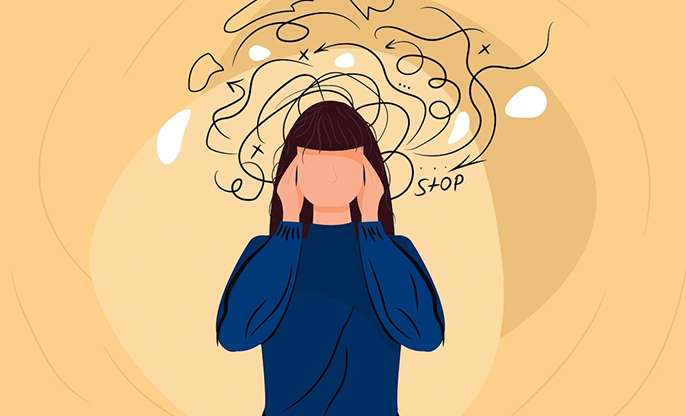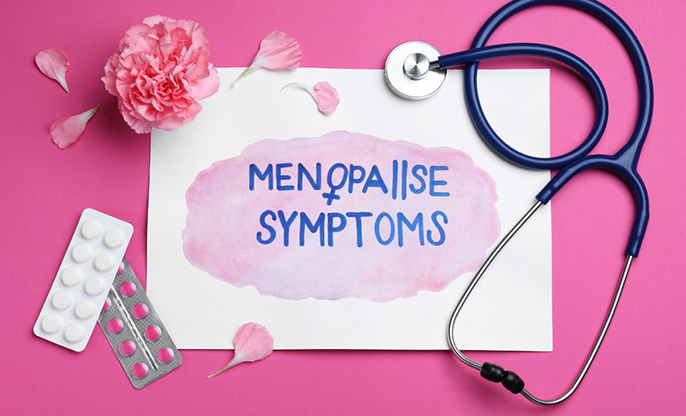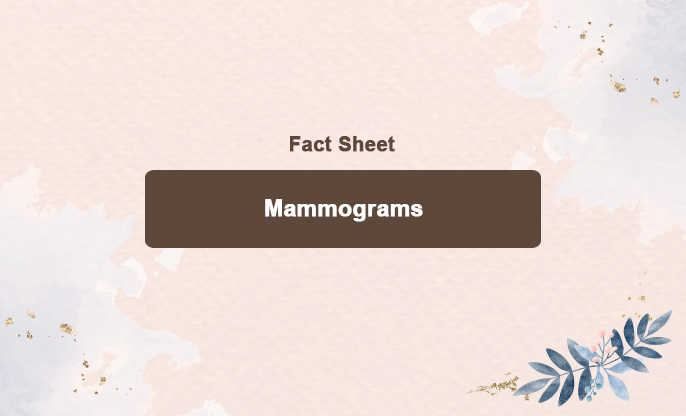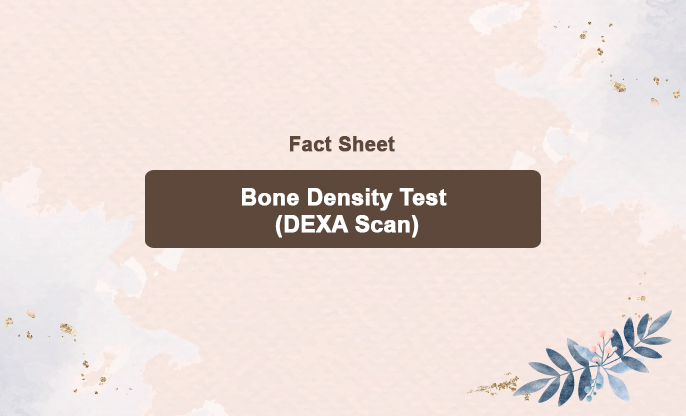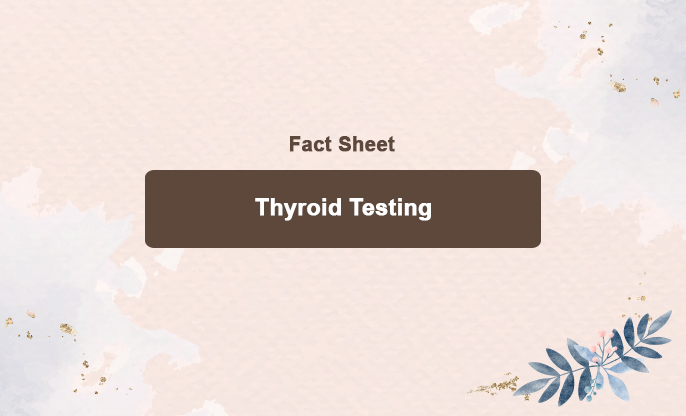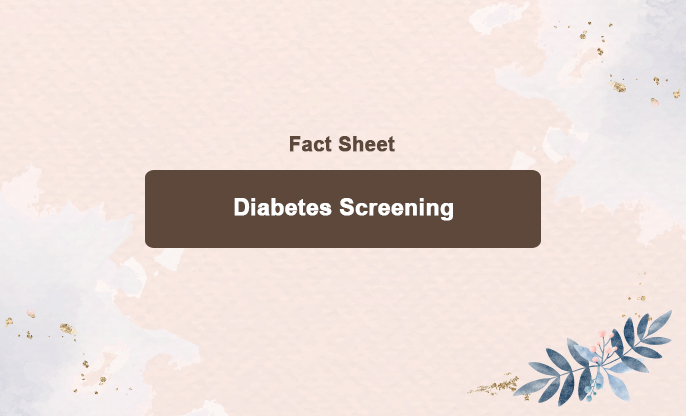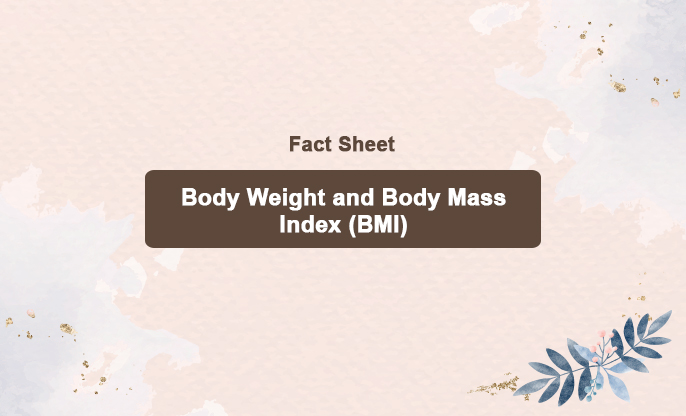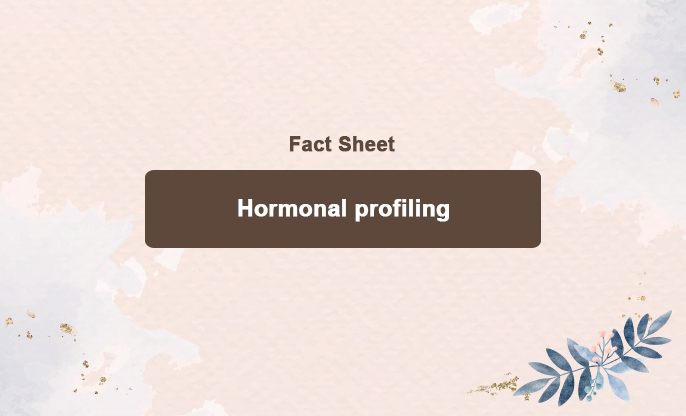
Imagine stepping into a phase of life where you have the freedom and wisdom to truly care for yourself. Post-menopause brings its set of changes, yes, but it also opens up a beautiful opportunity to reconnect with your body through physical activity. Let us share why moving more isn't just good for the body, but essential for our spirits during this time.
Why Get Moving
After Menopause?
- Tackling Weight Gain:
It's common to see the scale creep up during this time due to a slower
metabolism. But here's the good news: getting active boosts your
metabolism and helps burn those extra calories. It’s not just about
fitting into old jeans - it’s about keeping your body healthy and warding
off diseases like diabetes and heart issues.
- Building Strong Bones: Our bones can become
fragile as we lose estrogen, but here’s a secret weapon: weight-bearing
activities. Walking, dancing, or lifting small weights can strengthen our
bones, keep us agile, and reduce the risk of fractures.
- Keeping Our Hearts Strong: With the
protective cloak of estrogen gone, our heart needs us to step up.
Activities like swimming, brisk walking, or cycling can pump up heart
health, lower blood pressure, and keep those arteries flexible.
- Easing Those Menopausal Twinges: Yes, hot
flashes, night sweats, and mood swings - the uninvited guests of
menopause. But guess what? Regular movement like yoga or Pilates can turn
down the heat on hot flashes and boost your mood.
- Lifting Our Spirits: Exercise isn’t just about
physical health. It’s a powerful antidepressant without a prescription.
Moving our bodies releases endorphins, those feel-good hormones that chase
away the blues and sprinkle a little more joy into our days.
- Maintaining Muscle and Independence: As the years add on, maintaining muscle strength is crucial. Strength training a couple of times a week can keep us strong, support our joints, and help us keep doing the things we love independently.
How to Make
Exercise a Joyful Part of Life?
- Mix It Up: Keep
things exciting by mixing different types of activities. Try new classes,
take a hike in nature, or join a dance group. It's all about what brings
joy and keeps you coming back for more.
- Ease Into It: If you’re just starting out, take
it slow. There’s no rush. Gradually build up your endurance and strength.
It’s about creating a sustainable habit, not running a race.
- Set Achievable Goals: What feels doable for you?
Maybe it’s walking for 30 minutes most days or joining a class twice a
week. Set goals that feel uplifting, not overwhelming.
- Find Your Tribe: Sometimes, a little company on
this journey can make all the difference. Whether it’s a walking group, a
gym buddy, or a yoga class, shared experiences can enrich your exercise
routine.
- Check with Your Doctor: Always a good idea to chat with your healthcare provider before starting new activities, especially if you have health concerns. They can help with tailored suggestions that may fit your unique health profile.
Step Into This
Vibrant Chapter
This isn’t just about staying fit - it’s about embracing life with vitality and joy after menopause. Every step, every stretch, every lift is a celebration of you. So lace up those shoes, reach for the skies, and let’s dance into these wonderful years with health and happiness.




